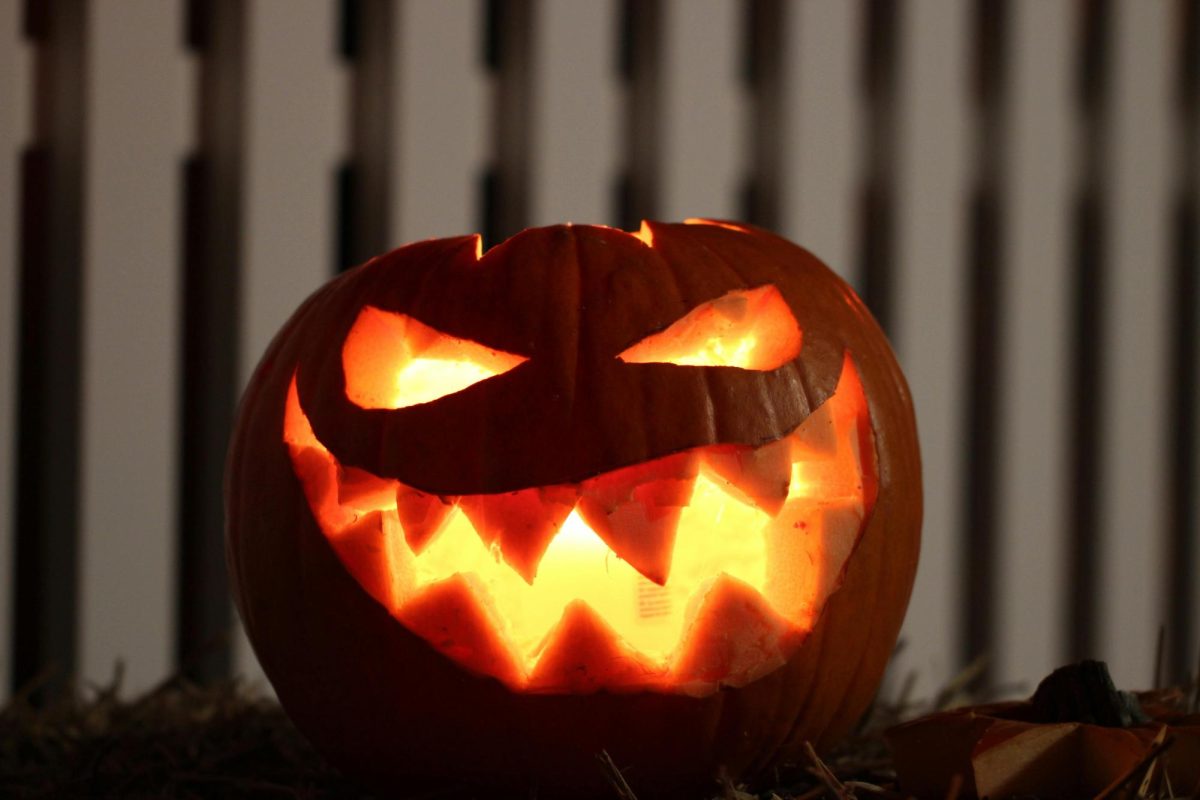The mysterious history of Halloween traces its roots to the ancient Celtic festival of Samhain, a celebration that marked the end of summer and the beginning of winter. Celts believed that on the night before the new year—October 31st—the boundary between the worlds of the living and the dead blurred, allowing spirits to return to Earth. To navigate this time, they lit large bonfires, wore costumes made of animal skins, and left out food to appease spirits, creating a holiday that was part spiritual ritual and part fun celebration.
As centuries passed, the traditions evolved, and the holiday began to blend with Christian observances. In the 8th century, the Catholic Church declared November 1st as All Saints’ Day to honor saints and martyrs. The evening before, October 31st, became known as All Hallows’ Eve, which eventually shortened to Halloween, but many of the pagan traditions persisted, including bonfires and disguises. The Celts’ fear of being recognized by ghosts led them to wear disguises, a practice that laid the groundwork for modern costumes and masks, which were often simple and made of fabric or leather during this period.
The tradition of costumes continued to evolve, blending pagan and Christian influences. During the medieval period, people donned costumes to portray saints, angels, or demons, and engaged in activities like “souling,” a precursor to trick-or-treating. Over time, as Christianity spread, the holiday evolved, with the church attempting to overlay its own celebrations onto the existing festivals. Despite these efforts, the core elements of Samhain—like the focus on spirits and disguises—remained, eventually coalescing into the holiday that is celebrated today.
The tradition of carving jack-o’-lanterns has its own unique history, originating in Ireland with turnips rather than the pumpkins we use today. According to folklore, a man named Stingy Jack tricked the Devil multiple times, and as punishment, was condemned to roam the earth forever with only a burning coal to light his way, which he kept inside a carved-out turnip. The practice of carving vegetables to ward off evil spirits, or to guide lost souls, has become one of Halloween’s most enduring and recognizable traditions.
The modern-day practice of “trick-or-treating” has roots in several historical traditions. The first theory is that it grew from the medieval practice of “souling,” where the poor and children would go door-to-door begging for “soul cakes” in exchange for prayers for the dead. A second theory suggests it came from the Scottish tradition of “guising,” where people in costumes would perform with entertainment such as dances and playing songs for treats and drinks. Finally, a third theory connects it to the German-American “belsnickeling,” a Christmas tradition where masked children would visit neighbors to ask for treats.
Today, Halloween has become a commercialized holiday, far removed from its ancient, eerie origins, though the spirit of disguise and spooky fun remains. The Industrial Revolution created the way for mass-produced costumes and latex masks, and the popularity of costumes for Halloween based on media characters continues to grow. The ancient Celtic festival, once focused on warding off spirits, has transformed into a global celebration of all things spooky, from haunted houses to candy and costumes, a testament to how traditions can evolve and persist over centuries.







